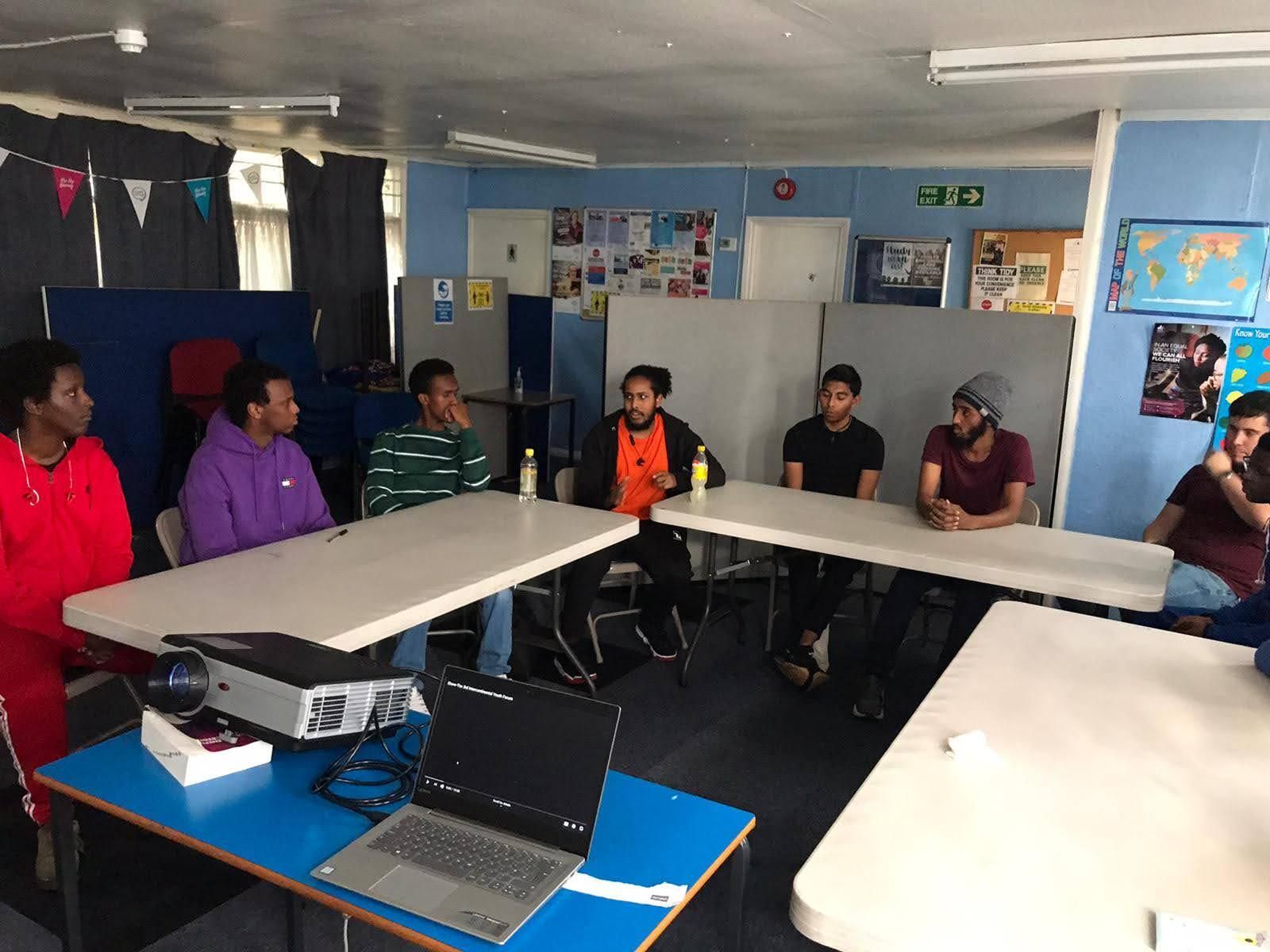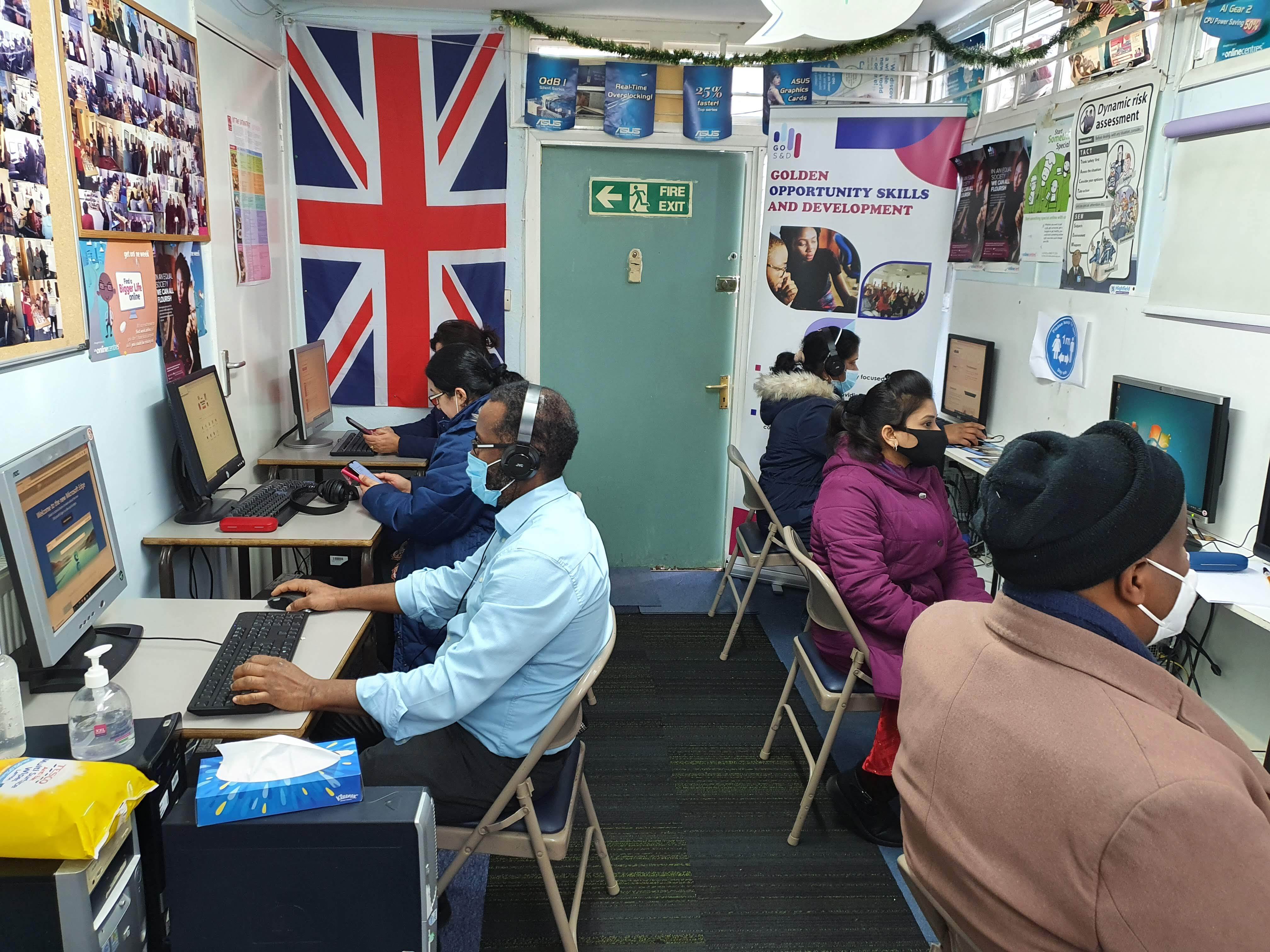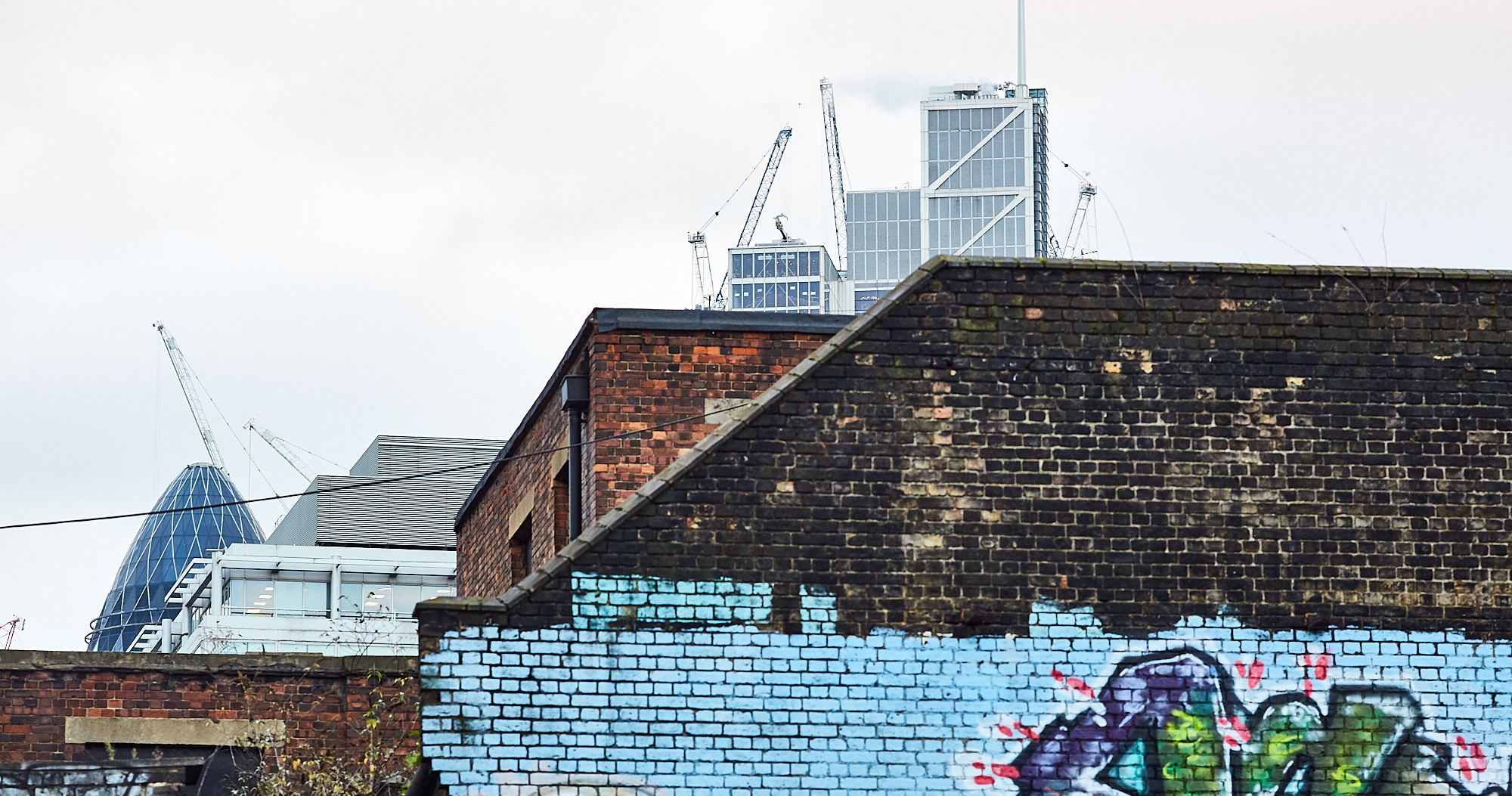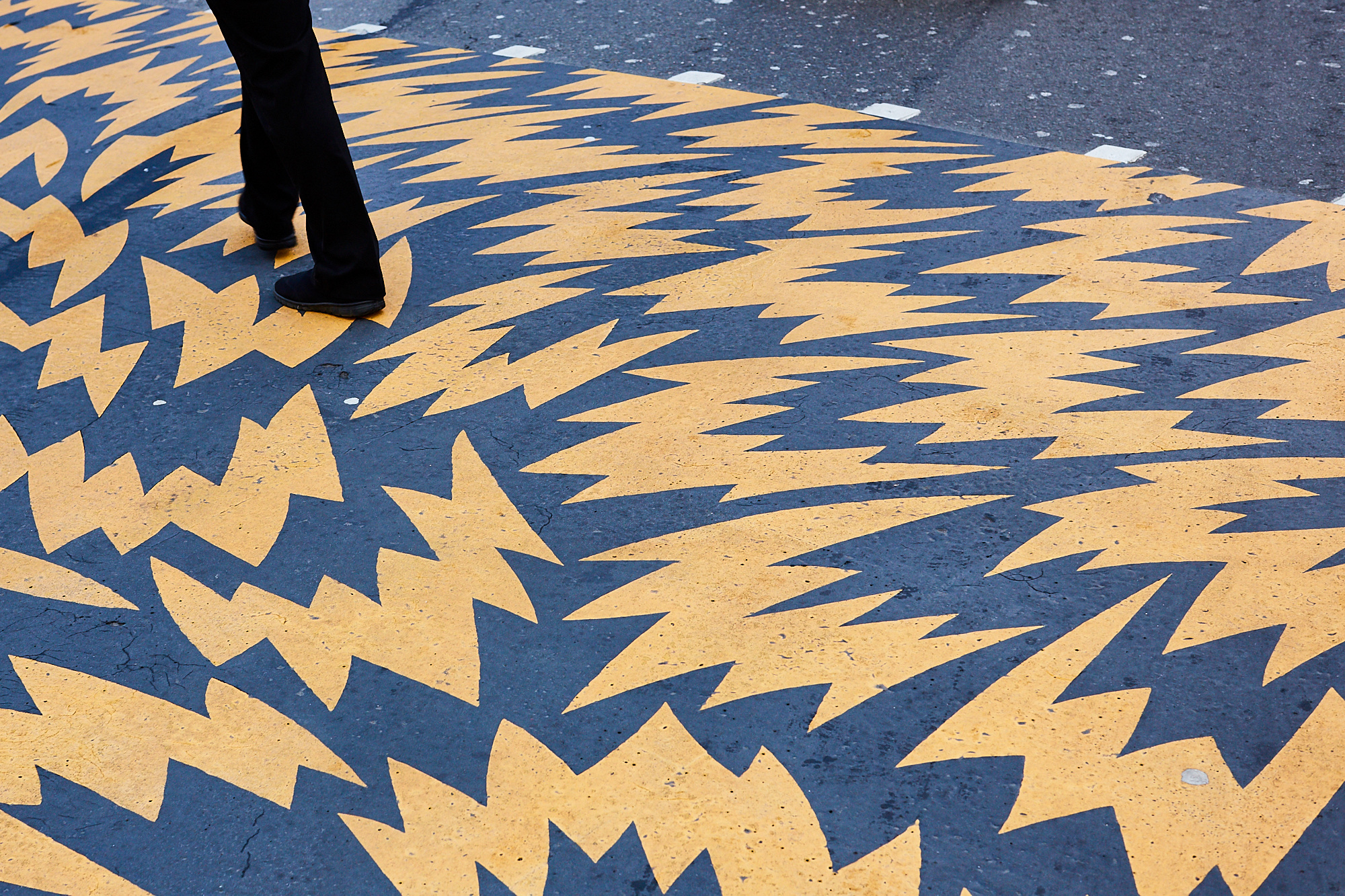
Pathways to Economic Opportunities Programme (P2E) Phase 1 - Co-design sessions
Reflection, review and recommendations
Last year, JPMorgan Chase announced a £2 million philanthropic investment over 3 years to support non-profit organisations in London that are led by Black and Minoritised leaders, working with the London Community Foundation (LCF) and partners. The Pathways to Economic Opportunities (P2E) Programme is investing in organisations providing specialist Employment, Enterprise, and Financial Health (EEFH) support to communities in London, over two phases:
- Phase 1 of P2E supported six grantees to collaborate with programme partners, Action for Race Equality (ARE) and the Ubele Initiative (Ubele), to co-design a wider cohort of longer-term funding and support. To find out more about Phase 1, click here.
- Applications for Phase 2 open 3rd March. To find out more about Phase 2, click here.
We spoke with Tebussum Rashid, Deputy CEO at ARE, about the co-design process. Below she answers some questions on the context and insights they and our community partners provided through the co-design.
What is co-design?
Co-design is a design approach that actively involves users and stakeholders from the beginning of a project, right through to roll-out.
It means we collaborate with everyone who has an interest to solve real problems with them. We actively seek their input and feedback, based on their lived experience, as we reiterate and improve services. Co-design is a partnership, more than it is a process.
A key part of the P2E Programme’s objectives is a) to promote equity, inclusion and build the resilience of Black and Minoritised community led organisations, and b) to provide a platform for sharing expertise, experience and impact, best practices and learning. The aim is to ultimately support a stronger and more resilient grassroots response to racial economic inequalities in Black and Minoritised communities.
We recognise and value the insights and experience of Black and Minoritised led sector leaders in providing support around employment, enterprise development, and financial health. Their input helped shape how decisions will be made, and the type of support grantees will receive.
The group noted that the approach to ‘engage’ with a funder in a process in this way was definitely a novelty and the group felt ‘honoured’ and strongly believed that their experiences, insights will give invaluable ‘added value’ and give the funder a ‘bigger picture’ and ‘diverse lens’ when designing future programmes.
Why ARE?
ARE is a national charity that conducts action research, operates as a learning partner for funders and provides a voice to Government for BAME organisations. They were commissioned by LCF as the Programme Partner to help strategically design, deliver and manage the programme. This includes:
- Leading on the co-design of the prospectus
- Organisational development support
- Supporting the organisations’ monitoring, learning and evaluation
What did the co-design process involve?
Each partner organisation was expected to commit to attending and participating in six 3-hour co-design workshops, submit required written responses and undertake some field work. The sessions covered open discussions on the application form, application process (e.g., accessibility, equity, language and terminology), criteria and eligibility, organisational development needs, monitoring (metrics) and evaluation.
Who participated in the co-design process?
Six partner organisations who received funding in Phase 1 of the programme, participated in the sessions:
- Account3
- Bangladesh Youth Movement
- Communities Welfare Network
- Golden Opportunities Skills and Development
- Skills and Training Network
- Youth League UK
We also sent out surveys to Black and Minoritised voluntary and community organisations involved in providing training and/or advice on employment, enterprise and/or financial health. Their answers helped us to map these kinds of organisations across London.
GOS&D was very pleased to take part in the co-designing programme. I particularly enjoyed the contributions from the other participating organisations, and it was refreshing to find out that we shared the same concerns whilst at the same time, knew what was needed to support/build our organisations’ capacity. GOS&D would like to thank UBELE, ARE and LCF for making this programme a success.Golden Opportunities Skills & Development
What topics did you talk about?
ARE used a number of methods and tools to ensure that the group were able to engage and be heard by respecting and accommodating their different learning and communication styles. ARE used creative and participatory techniques in its facilitation such as role play, brainstorming, discussion and debate, interviews, field work and questionnaires. The interaction and feedback was also encouraged with the full group, using breakout small group activities and via email to allow for reflection time.
- Reviewing the application process and the application form: By looking at accessibility, equity, expectations, language, terminology etc. and using the design thinkers’ approach to review what works and what, with a creative approach, could be done differently
- Eligibility and criteria – looking forward: What do you need to be better at EEFH delivery and reach? Discussions on who, what and why?, an in-depth PESTLE review, specialist insights and what does flexible funding mean to their organisation and the wider sector. This session introduced the task for the next session, which was research/fieldwork using an ethnography tool. ARE provided the guidance and parameters around what the Black, Asian and Minority Ethnic (BAME) sector needs to be effective and more resilient).
- Organisational development 1 – models of support and support needs: Ethnography/fieldwork/needs analysis. This also included reaching out to a minimum of five BAME organisations in their specific sectors to interview and share their findings with the group to help shape the Programme.
- Organisational development 2– a review of organisational development offers: What does the BAME sector need to do to be stronger and more resilient? As a baseline, ARE provided a list of generic topics for discussion from previous capacity building support programmes they had worked on.
- Impact and evaluation: To review from both the organisational and beneficiary perspectives. What needs to be measured and what are the expectations (from the funder’s perspective)? What tools/methods need to be considered (from an organisational perspective)?

What was the group’s response to the co-design sessions?
The co-design process ended in December 2021. The group were asked to reflect on their experience of the co-design sessions. There was some really good feedback from the group about the overall process and engagement, noting that they felt listened to and that the specific role of their organisations had been recognised.
They’ve also provided useful insights for us to consider in Phase 2 of funding (longer-term grants) and wider LCF processes (such as our ‘led by’ approach). Phase 1 of the programme has demonstrated good collaborative partnership working. They have been able to learn from others, discuss challenges and opportunities, not just for their organisations but also in relation to the wider employment, enterprise development, and financial health space.
My participation on behalf of Communities Welfare Network to the co-design platform has been a very good experience for me and the organisation. It was very helpful to share skills and knowledge with new people I met in the discussion rooms during the different sessions to shape the programme. I have also much appreciated the leadership of the facilitators Tebussum and Indra [ARE], the expert knowledge provided by Philip [ARE] and the support received from Ola [LCF]. I say congratulations to all my fellow and co-participants to the platform. It was a wonderful world of knowledge and skills.Communities Welfare Network
Do you have any insights from the sessions to share?
Each of the organisations selected to contribute to the co-design process recognised their unique position to help shape and give insight to a new funding approach. They were able to provide insights from a community, grassroots perspective and specialist BAME community issue/s perspective as well as intersecting with specific geographical, gender, language or socio-economic perspectives.
Each participant shared quite openly and candidly their experience of funders and fundraising. During the co-design sessions, the organisations were asked on two separate occasions to ‘be the funder’, i.e., ‘if they had £1m’ role play approach when looking at eligibility, process and application form. This approach ensured that their specialist insights were captured. Reviewing the process through these lenses also highlighted how Phase 2 of the Programme can be inclusive and accessible.
A ‘programme’ of support approach (not just grant funding) was highly appreciated as the group felt that receiving organisation development support to manage growth and sustainability will add value to any monetary support.
Each participant recognised that measuring social impact is a weakness and suggested that all successful applicants are given support to develop a theory of change or logic model as part of induction (possibly an organisational development training topic).
Overall, it was commented that this whole co-design process is a very positive approach and a good sign that funders are keen to collaborate and understand ground-level issues facing the BAME sector and work together to address these where possible. The Table below highlights some of the recommendations from these sessions.
What’s next?
Applications for Phase 2 are now open. You can apply on our grants page here (link opens in new window).


